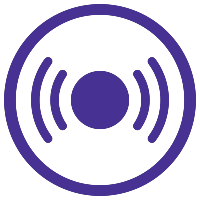P-IE
Section Symposium
14: Effect of diverse landscape surrounding potato-based Columbia Basin agricultural cropping systems on lygus bugs and its natural enemies
.jpg)
Govinda Shrestha
Oregon State University
Hermiston, Oregon
Silvia I. Rondon
Oregon State University
Corvallis, Oregon
Presenting Author(s)
Co-Author(s)
In the Columbia Basin of Oregon and Washington, potato is one of the most important crops. Potato is usually rotated with either wheat or alfalfa. In 2019 and 2020 crop growing seasons, a field study was conducted to determine the effects of two crop dominated landscapes, wheat or alfalfa, on lygus bug pests and generalist predator’s population dynamics and distribution in potato fields. “Dominated crop landscape” is defined as having more than 51% land coverage by a crop in the landscape. A total of 12 fields were selected in each dominated crop landscape with 6 wheat and 6 potato fields in the wheat-potato dominated landscape; 6 alfalfa and 6 potato fields in the alfalfa-potato dominated landscape. In each system, insects were sampled using a sweep net. In potato, insects were sampled at 10, 50, 100, and 350 m from field border, and randomly from wheat or alfalfa fields and buffer areas. Sampling occurred at 14-d intervals from early Jun until end of Aug. Early and mid-potato season, lygus bug adult counts were 4-times higher in potato fields on wheat-dominated landscape than alfalfa-dominated ones. Lygus adults and nymphs counts decreased closer to the center of field in wheat-dominated landscape, but there was no correlation in alfalfa-dominated landscape, suggesting a more random distribution. Geocorids was the dominant predator in potato fields on both systems; however, numbers were higher early in the season in wheat-dominated landscape than alfalfa-dominated ones. Our results suggest differences in lygus bugs distribution patterns related to crop landscape dominance.

